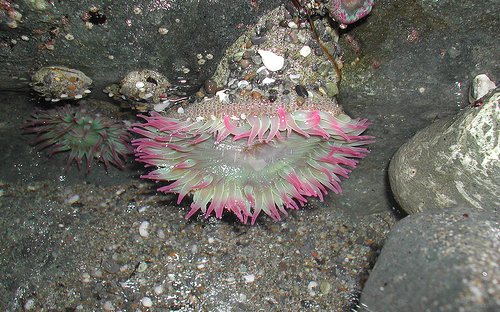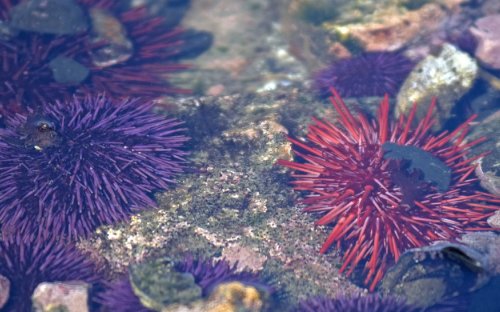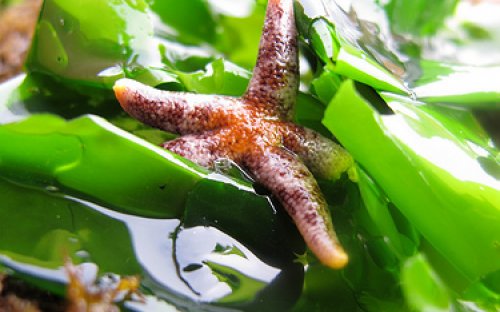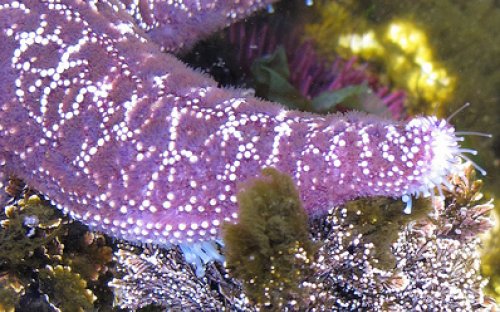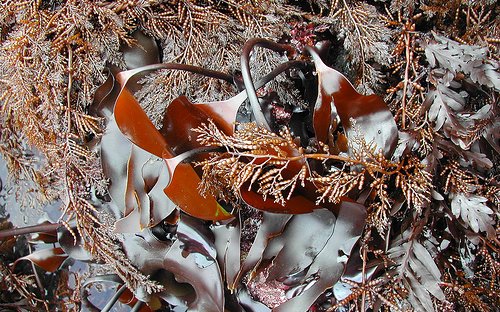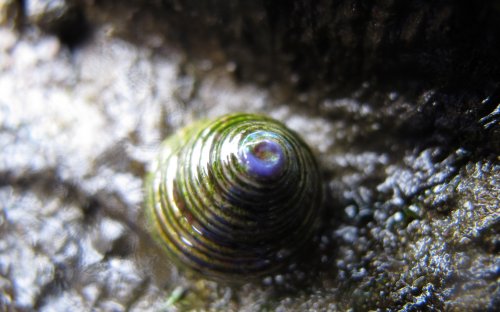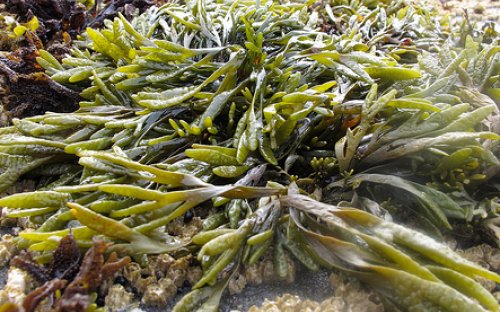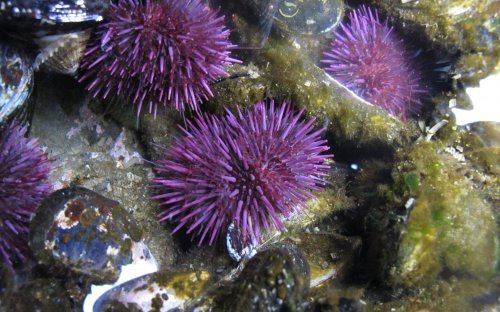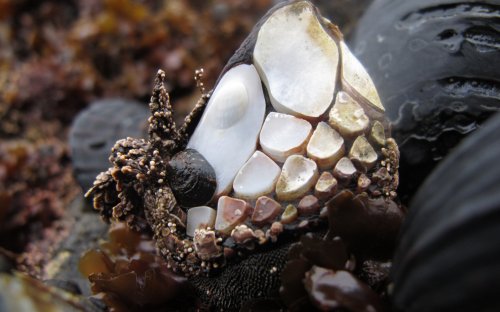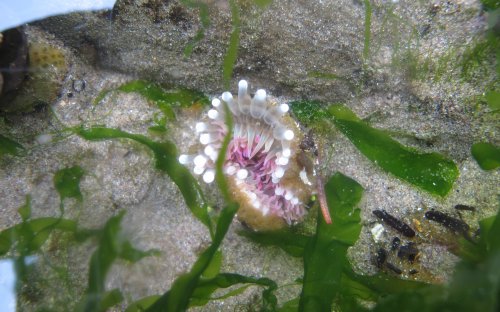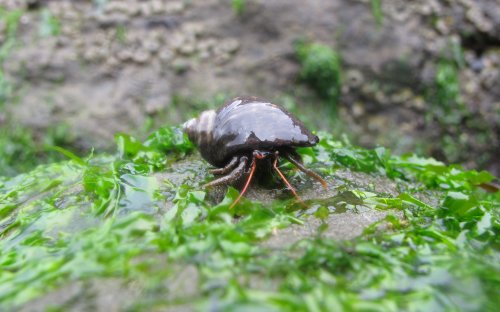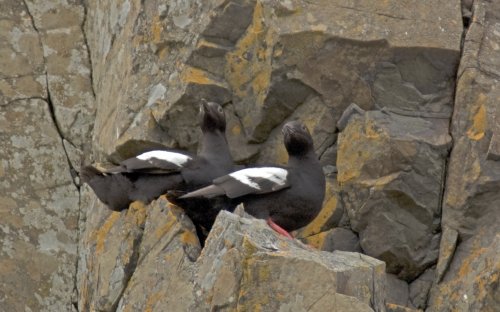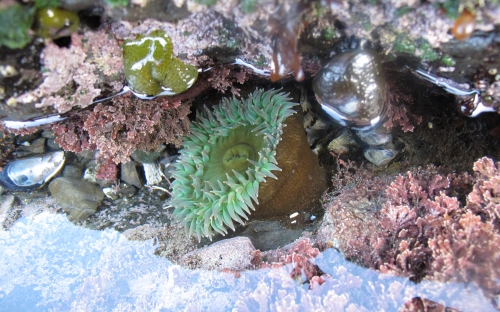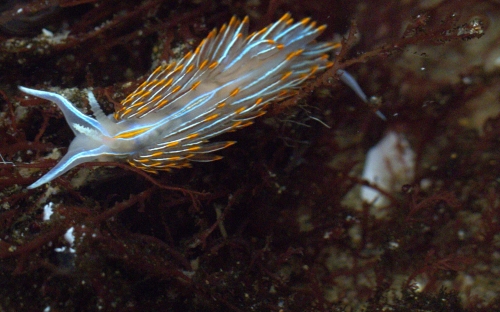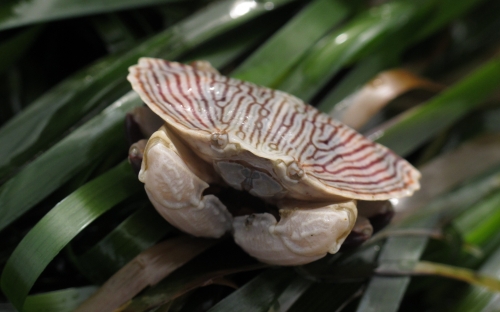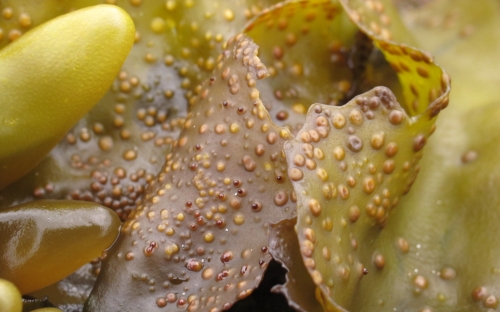Partners
Learn about the groups that make this website possible:
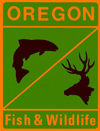 |
Oregon Department of Fish and Wildlife (ODFW)The ODFW Marine Resources Program (MRP) studies and manages the fish and marine mammals off Oregon’s 363 miles of coastline and the 1,410 miles of tidal shoreline. |
|
 |
Oregon Coastal Management Program (OCMP)The mission of the Oregon Coastal Management Program is to work in partnership with coastal local governments, state and federal agencies, and other stakeholders to ensure that Oregon's coastal and ocean resources are managed, conserved, and developed consistent with statewide planning goals. A portion of the funding for this project came from the Coastal Zone Management Act of 1972, as amended, administered by the Office of Ocean and Coastal Resource Management, National Oceanic and Atmospheric Administration, and the Ocean and Coastal Management Program, Oregon Department of Land Conservation and Development. |
|
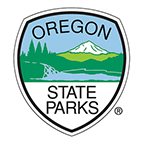 |
Oregon Parks and Recreation Department (OPRD)Under the Beach Bill enacted in 1967, the public has free and uninterrupted use of the beaches along Oregon´s 363 mile-long coastline. The Beach Bill also directed that the ocean shore be administered as a state recreation area. The Oregon Parks and Recreation Department is charged with the protection and preservation of the recreational, scenic, and natural resource values found on Oregon´s ocean shore. |
Tidepool Photo Tips
- Give yourself plenty of time. Get there at least 1 hour before low tide, check the tides (and weather) and time of sunrise/sunset when planning your trip.
- Follow good tidepool etiquette when exploring.
- Get up close as you safely can and stay in one place long enough to notice the small details.
- Look up frequently to keep track of your surroundings and the incoming tide.
- Bring a buddy to help you keep an eye on the ocean. Have the friend stand with you to block the sun and glare from the sky, giving you a clearer shot to see beneath the water's surface.
- If you are taking landscape shots, keep the horizon level when your photo includes a glimpse of the ocean.
- Use macro for close-up shots. If you are using a "point and shoot," explore using your "macro" feature (a flower symbol on many models). It's a great idea to test your macro functions out before going out to the tidepools, so you're familiar with your camera functions and can enjoy yourself. Otherwise, macro lenses are a great option for DSLR users.
- Avoid using flash.
- Use a polarizer or your camera’s neutral density filter (if you have them) as a way of reducing reflections from the water surface.
- If you have one, bring and use a tripod The low tides are often early in the day and will require longer exposures to capture the scene in sharp detail. Please carefully consider placement of your equipment for both your equipment's sake and the well-being of the rocky shore inhabitants.
- For the safety of your camera and yourself, consider wearing it around your neck to keep your hands free.
- Clean your camera and accessories after your trip. Saltwater and sand can damage your equipment.
- Think about what you are going to do with the photos. How are you going to use them? Some ideas include:
- Post your favorites on the Oregon Tidepools Flickr group to share your finds with others!
- Use them as a computer desktop image or screensaver.
- Tell a story? (To use in a school report or for show-and-tell for example.)
- Let us know how you are using your tidepool photos on the Oregon Tidepools Flickr group!
Explore using the following slideshow to see a preview of some of the rocky shore photos available on Oregon State Parks' Flickr account.
Video Gallery
- Critter Gallery
- Tidepool tours and tidbits
Note: All of these videos may also be viewed directly on Oregon State Parks' YouTube Channel.
Critter Gallery
Mottled star (0:59)
Shore crab (0:09)
Hermit Crab (0:24)
Sculpin (0:14)
Urchin caves (1:23)
Mussel beds (1:33)
Anemones wear sunscreen? (0:39)
Sea lions frolic on rocks (0:39)
Tidepool Tours and Tidbits
Rocky shoreline time-lapse (1:13)
Tidepools, Rocky Reefs, Marine Reserves: It's All Connected (4:30)
Bull kelp beds (0:34)
Visual tour of Oregon rocky shores (4:28)
Oregon State Parks tidepool tours (4:01)
Go on a tour of the bottom of the ocean
Go on a virtual tour of the tidepools with an Oregon State Parks rocky shore naturalist. The video can be watched in its entirety or in chapters, listed below.
1: Introduction (0:30): Introduction to a virtual tidepool tour
2: How to Prepare (1:13) : How to prepare for a safe tidepool trip
3: What is a tidepool? (1:56) : What a tidepool is and what causes tides.
4: Tidepool Etiquette (3:49) : Learn how to help keep Oregon's tidepools safe
5: Explore the tidepools (4:55) : Virtually explore some of the interesting species that live on Oregon's rocky shores.
If you would prefer to watch the entire video (12:15): Tidepools: Explore the Bottom of the Ocean
Tidal Zones
Intertidal Zonation
There are four commonly recognized tidal “zones” based on exposure during tidal periods, wave action and shoreline features. The presence or absence of water, temperature, wave action, variation in salinity (saltiness), exposure to light, and other factors determine what organisms are able to live happily in each zone. In general, physical factors, especially exposure to drying, limit how far up on shore an organism can live. An organism’s lower limit is often determined by competition or predators living in the lower zone.
Because a tidepool may hold water even during a low tide, a pool may provide suitable habitat for organisms that would normally be found in a lower zone. Giant green anemones and hermit crabs, for example, are generally found in the mid and low intertidal, but may be found in tidepools higher up.
Some organisms have a narrow range of tolerance for environmental factors and are found only in one zone, while others have a greater tolerance and are found in several zones.

Spray or Splash Zone
This area extends from the highest reach of spray and storm waves to the average height of the high tides. It is usually dry, and relatively few types of organisms can live here. Species found in the splash zone might include: small barnacles, periwinkles and ribbed limpets.
Upper or High Intertidal Zone
This zone includes the area from the average high tide to just below the average sea level (i.e., covered only by the highest tides). Species found in the high intertidal zone might include: acorn barnacles, hermit crabs, shore crabs, black turban snails, aggregating anemones, sea lettuce, and rockweeds.
Mid Intertidal Zone
This zone extends from just below average sea level to the upper limit of the average lowest tides (i.e., it is exposed at low tides-usually twice a day). In a healthy intertidal area, this zone is rich both in diversity and numbers of organisms. There is generally a dense cover of algae, providing food and shelter for many animals. Species found in the middle intertidal zone might include: California mussels, giant green anemone, ochre sea star, black leather chitons, gooseneck barnacles, coralline algae, sea palms, and sponges.
Low Intertidal Zone
This zone is exposed to the air only at the lowest tides. Species found in the lower intertidal zone might include: gumboot chiton, ochre sea star, kelp crabs, blue top snail, purple sea urchin, feather boa kelp, nudibranchs and sponges.
Subtidal
Subtidal organisms that you are likely to encounter (sometimes washed up on the beach) include bull kelp, many bottom-dwelling invertebrates, and various fish. Sunflower sea stars tend to occur subtidally but occasionally will come up higher into the low tide zone.
Other visitors (e.g., marine birds and mammals)
Many kinds of birds are likely to been seen in or near the intertidal area, including various gulls, black oystercatchers, cormorants, pigeon guillemots, common murres and brown pelicans. Likewise, you may see mammals such as seals, sea lions, and whales. Please note, if you see a marine mammal on the beach, leave it alone. Marine mammals will often come ashore to rest and can be aggressive if they feel threatened.
Descriptors of the zones are approximations and may vary due to the shape of the shoreline, latitude, and other factors. Similarly, plants and animals don’t always stay in the zones where they are most commonly found.
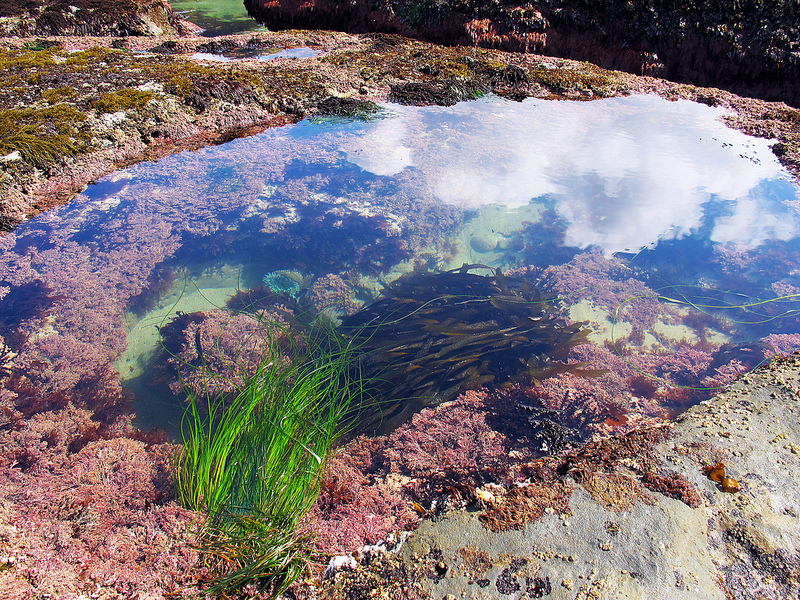
Tidepool on Oregon's Central Coast
Credit: This text on intertidal zonation was slightly modified from California State Parks' "Guide to the Side of the Sea" with permission. The full teacher's guide for field trips to rocky intertidal areas can be downloaded from the California State Parks website.

